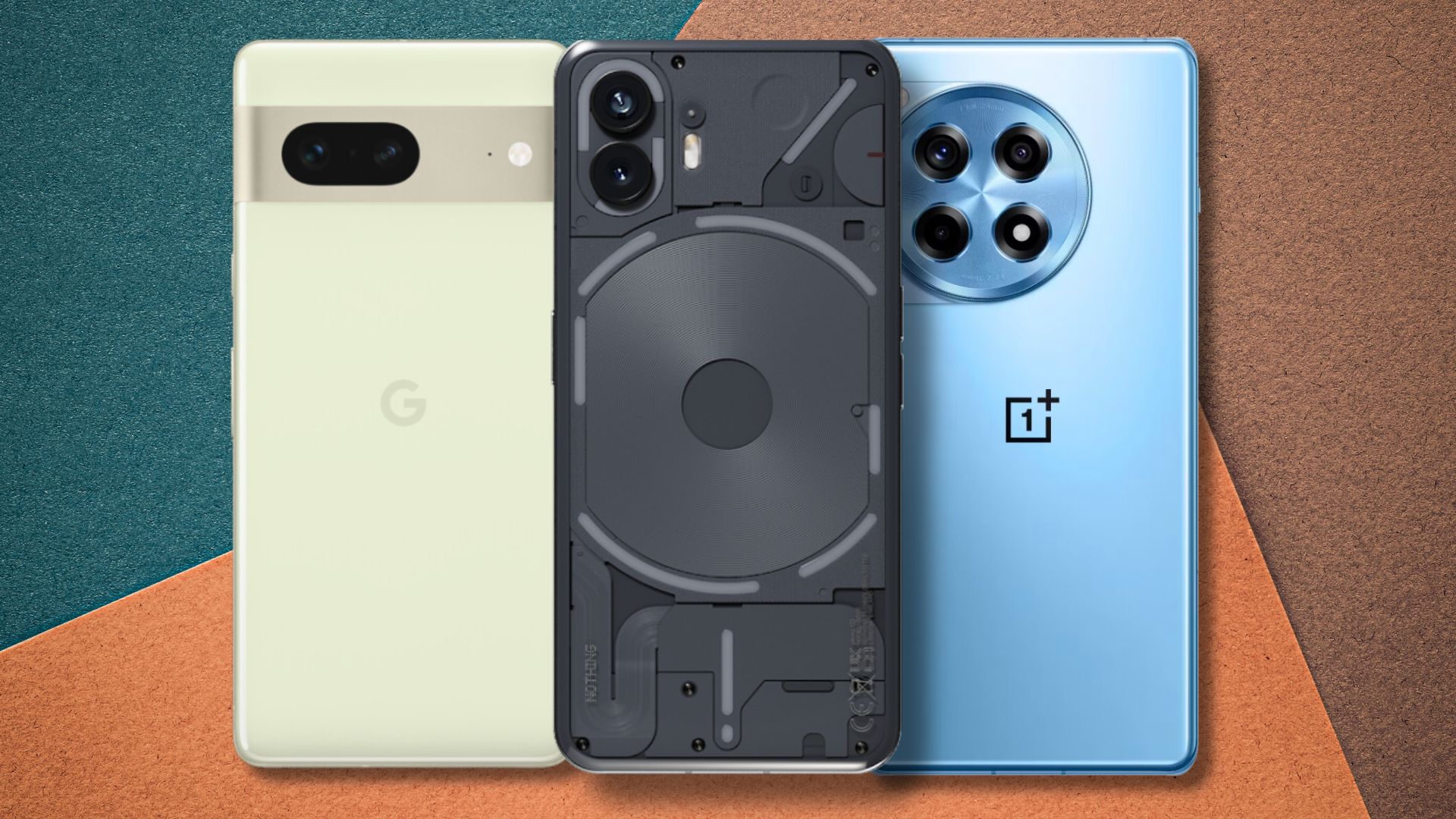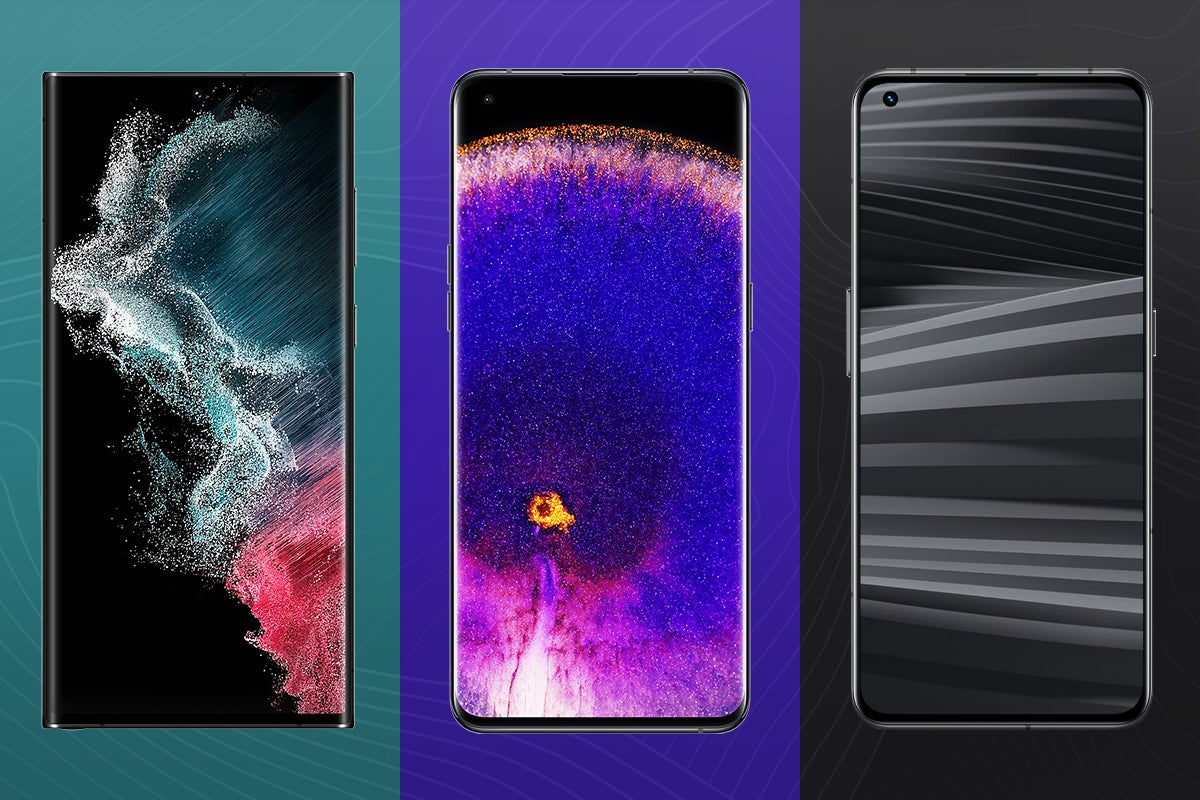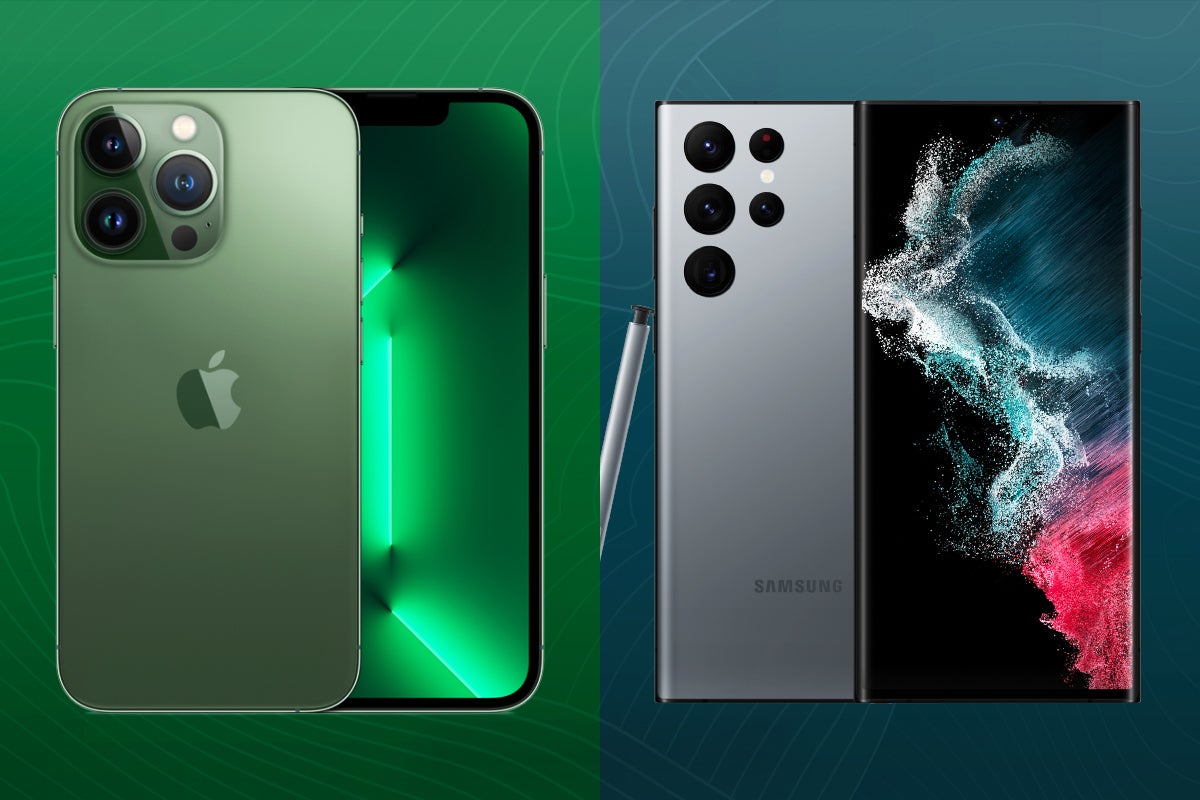iQoo 7 Review
impressive specs and a quietly classy design
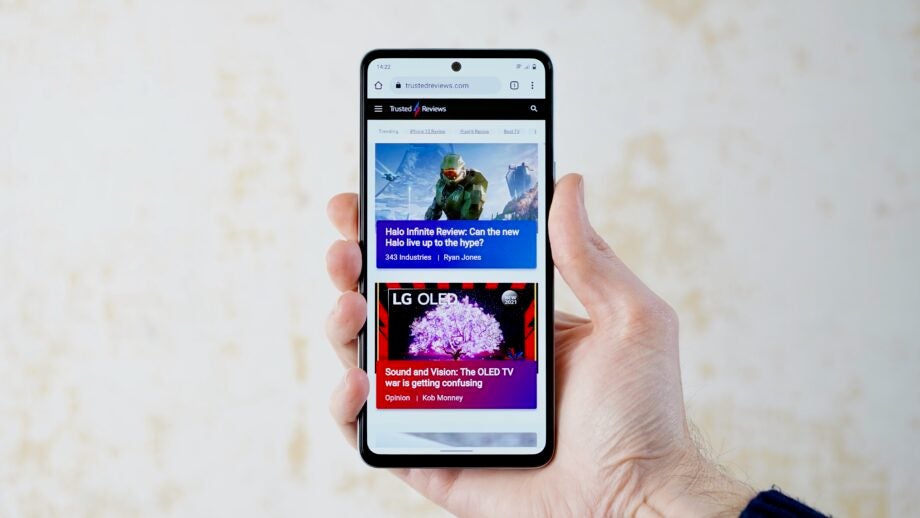

Verdict
The iQoo 7 delivers impressive specs and a quietly classy design for a mid-market price. In terms of bang for your buck, it’s right up there with the Poco F3 and the OnePlus Nord 2. It’s a shame iQoo isn’t being bolder with its global launch plans, or we might have another global mid-range contender.
Pros
- Strong performance for the money
- Slick and responsive display
- Competant, balanced camera system
Cons
- Limited launch details
- Lacks the clever display of the Legend
- Very busy UI
Key Features
- ChipsetSnapdragon 870 5G paired with 12GB of RAM
- SoftwareAndroid 11 with Vivo’s Funtouch UI
- CamerasThere are two cameras on the back, including a 48MP and 13MP units
Introduction
The Vivo iQoo 7 offers strong performance and a classy design for a ₹34,990 (around £350) price tag. We don’t have any idea when or even if this phone will make it West, but there’s plenty here to make us hope that it does soon.
It hasn’t yet made a name for itself in the UK, Europe, or the US, but the iQOO brand is certainly one to watch. This young Vivo sub-brand has been offering appealingly performance-focused smartphones with a subtle gaming slant since 2019.
We have already covered the impressive iQoo 7 Legend, and the iQoo 7 offers a broadly similar package for ₹14,000 (about £140) less. As mid-range handsets go, there’s plenty here for it to earn a recommendation.
The key differences between the two models are a slower CPU, no telephoto lens whatsoever, a larger battery, and a less ostentatious design for the lesser iQoo 7. You also miss out on the pressure-sensitive display that made the iQOO 7 Legend so appealing as a sort-of-gaming phone.
Design and Screen
- Neat, unsplashy design
- Nicely balanced in the hand
- Quality 120Hz AMOLED panel
iQoo might tend to push its phones as gaming devices, but you won’t find any RGB lighting or augmented bodywork here. The iQoo 7 is every inch a suave, streamlined, if slightly generic Android mid-ranger.
You can see parent company Vivo’s hand in the design far more clearly than in the iQoo 7 Legend. There’s no BMW M-series stripe or accented power button here, just a silkily pearlescent ‘Solid Ice Blue’ rear cover. It looks rather like a less-premium Vivo X60 Pro.
This handset is bang average in terms of size, with dimensions of 163.3 x 76.4 x 8.4mm and a weight of 196g ensuring it won’t stick out of your pocket or weigh you down too much. It’s a little lighter than the iQoo 7 Legend, despite including a larger battery, presumably thanks to the use of plastic in its construction. This also likely explains the complete lack of the Legend’s antenna lines dotted around the rim.
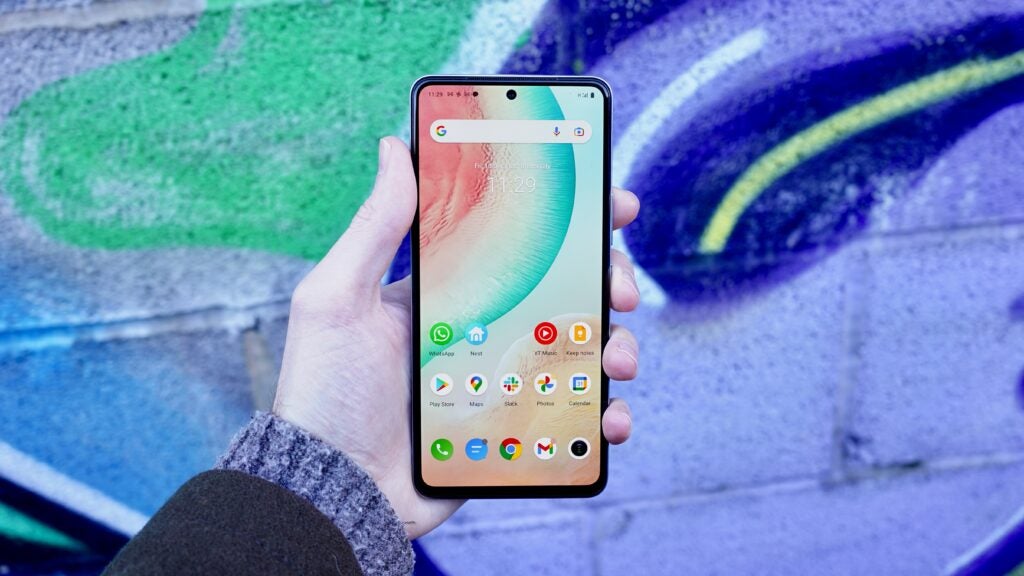
I have the same criticism of the iQoo 7’s distractingly shiny selfie camera as I did with the iQoo 7 Legend, but the fact that this phone is much cheaper makes it more forgivable.
Once again, iQoo has fitted out its phone with a pair of stereo speakers, which is always welcome. Particularly so with a handset and a brand that wears its gaming credentials quite prominently.
The phone’s display appears to be the same strong 6.62-inch OLED that impressed in the iQOO 7 Legend. I’ve used the two phones side by side and can’t really pick out any significant differences, and they have a nigh-on identical max brightness (with auto-brightness off) of around 460 nits.
Using a colorimeter, I measured a colour gamut coverage of 99.8% sRGB, 82.6% Adobe RGB, 98.7% DCI-P3, which is also pretty much identical to the iQoo 7 Legend. It’s a strong, colour-accurate effort that’s even more noteworthy at this lower price.
Once again you get a 120Hz refresh rate, as well as a better-than-average touch sampling rate of 300Hz. Again, iQoo claims that this can be cranked up to an “Instant Touch Sampling Rate” of 1000Hz, although it’s tough to pin down what this means in practice.
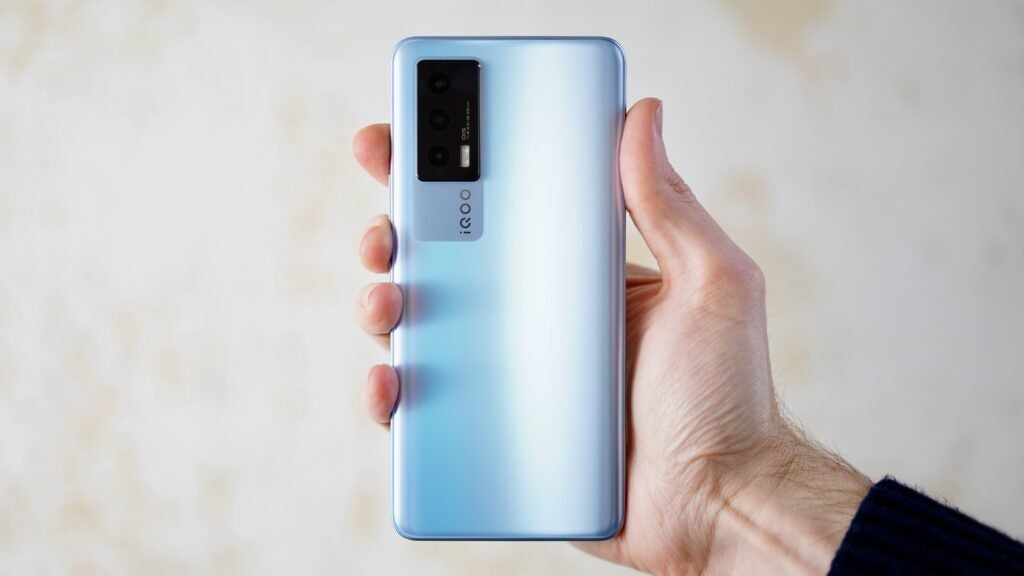
What you don’t get is the iQoo 7 Legend’s touch-sensitive display, which really paid off in competitive shooters such CoD Mobile. Still, that’s quite a specific use case, and I’d say its omission is justified given the resulting price drop, even if it does make for a less unique proposition.
Camera
- Sharp 48-megapixel main sensor with OIS
- 13-megapixel ultra-wide impressively consistent in tone
- No telephoto, unlike the Legend
The iQoo 7’s camera system is led by the same 48-megapixel Sony IMX598 sensor as the 7 Legend, not to mention the Vivo X60 Pro and Vivo X50 Pro. Needless to say, it’s an even more impressive inclusion on this cheaper handset.
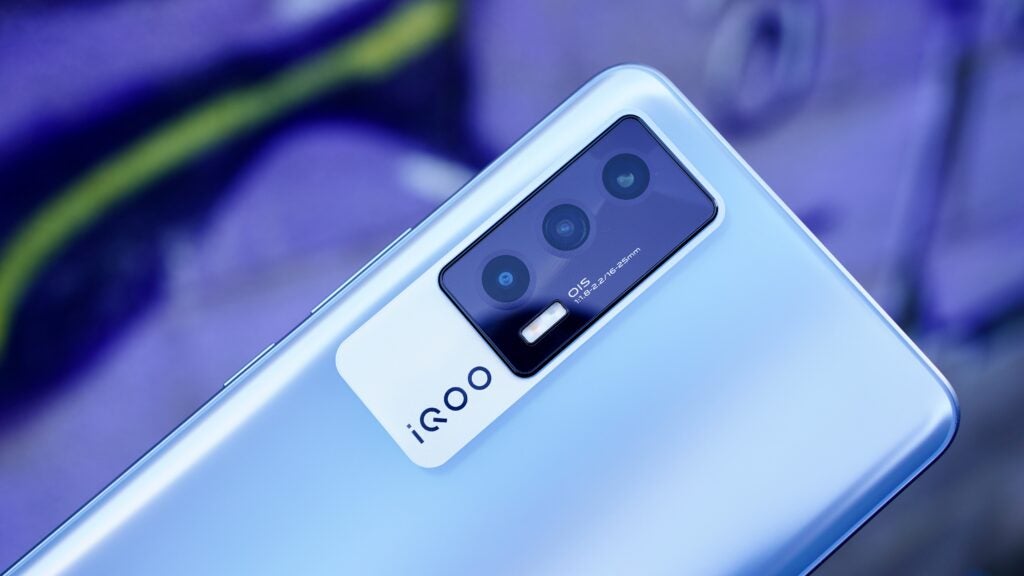
Shots taken with this main camera are sharp and punchy, and occasionally overly so. But they never quite devolved into lurid falseness like some affordable brands. I sniff hints of Vivo’s camera expertise in the background.
You also get a 13-megapixel ultra-wide, which obviously can’t match the main sensor for detail, but does an admirable job of getting close to the same colour tone as the main sensor. Such balance isn’t common in a phone of such a price.
Unlike the iQoo 7 Legend, there’s no dedicated telephoto lens here. To be fair, though, I was fairly happy with the cropped shots I obtained with the 2x mode. They didn’t lose too much in the way of detail – and, of course, the consistency of the tone was again preserved.


Night mode is solid, aided by the provision of OIS – this isn’t something you always see at this price.

All in all, the iQoo 7 isn’t quite as impressive a shooter as the Legend. While much of the hardware and Vivo’s algorithms are shared, don’t forget that the Legend’s Snapdragon 888 has superior image processing capabilities. But it’s still a decent effort at the price.
Performance
- Snapdragon 870 gives flagship-like performance
- Large, effective cooling system
- Funtouch UI suffers from bloat
The iQoo 7 lacks the iQoo 7 Legend’s Snapdragon 888 processor, but it’s hardly power-deficient. With a Snapdragon 870 on board, the difference is scarcely noticeable.
Sure enough, my own Geekbench 5 benchmark tests yielded results that weren’t a million miles away. An average multi-core score of 3454 and a single-core score of 1032 compares well to its sibling’s 3723 and 1137 respectively.
Having used phones with the Snapdragon 870 before, it’s hardly a surprise. This is a chip that’s based on the Snapdragon 865, which was 2020’s flagship processor of choice, but with a higher clock rate.
It felt fast in the Poco F3, the ZTE Axon 30 5G, and the Realme GT Neo 2 – and it feels similarly snappy here.
An ‘Intelligent Display Chip’ backs up this off-the-shelf chip, enabling enhanced frame rates for games through Game Frame Rate Interpolation, also known as Motion Estimation, Motion Compensation (MEMC). This technique is what powers that soap opera-like smoothing effect that modern smart TVs often impose on content, although its implementation here seems more natural.
Games run at more or less full pelt, and the phone doesn’t heat up too much either. That’s aided by a large liquid cooling system that draws heat away when under sustained pressure. This component actually appears to be larger than the equivalent cooling system in the iQoo 7 Legend.
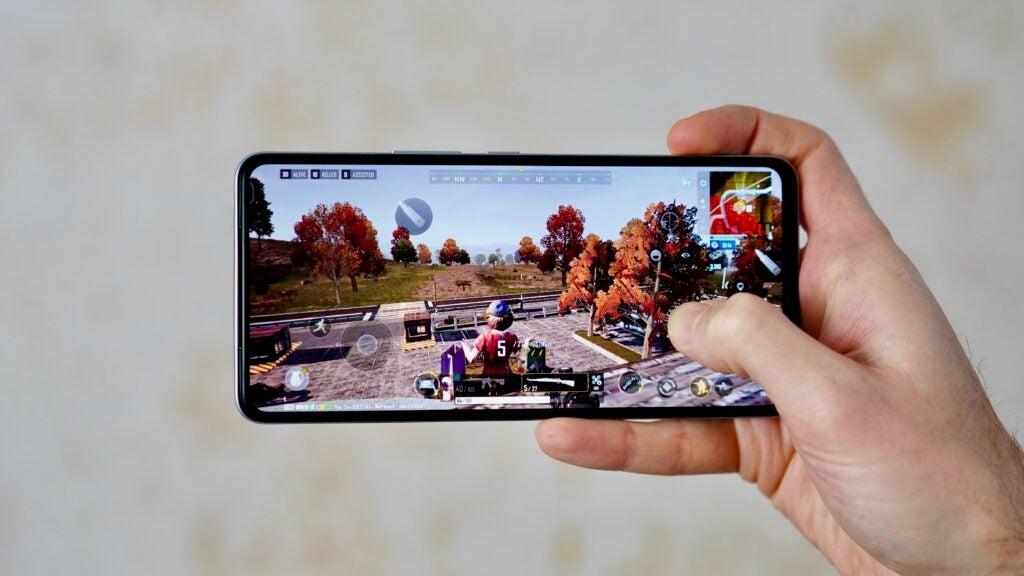
While the latter phone’s Snapdragon 888 is also more efficient than the iQoo 7’s Snapdragon 870, this cooling difference did appear to manifest itself in our intensive battery test, which we’ll discuss in the next section.
Away from gaming, Android 11 with Funtouch OS operates smoothly. You can feel that 120Hz refresh rate in operation without the micro-stutters that can manifest in more humble hardware.
Talking of Vivo’s custom Android UI, it still isn’t my favourite. It’s fairly clean, with tidy menus and Google Feed to the left of the homescreen. But in this iteration at least it’s packed full of bloatware.
Region-specific apps such as Flipkart, PhonePe and Moj are scattered throughout the default homescreens, big-hitting Google apps such as Chrome are sidelined, and third-party apps such as Snapchat and Facebook are preinstalled.
Of course, you wouldn’t expect to see many of these quirks in a potential Western release. But that’s kind of a flaw in itself – we have no idea what the plans are for the wider rollout of the iQoo 7.
Battery Life
- 4400mAh battery gets you comfortable all-day usage
- 66W fast charger bundled in
- No wireless charging
The iQoo 7 actually has a larger battery than the iQoo 7 Legend. It’s a 4400mAh cell rather than the more expensive phone’s 4000mAh cell.
As we’ve discussed, iQoo balances this out with a more efficient CPU in the Legend. This results in broadly similar performance. As with the Legend, I was able to get through a full day of light use with around half a tank remaining.
Where the iQoo 7 trumped its flashy brother, however, was when I put it through the more intensive Trusted Reviews battery test. This involves running 3DMark’s 20-minute Wildlife Stress Test three times in a row, then seeing how much of a full charge this consumes.
I wasn’t even able to complete this test on the iQoo 7 Legend, since it overheated part of the way through the final run. The iQoo 7 did complete the test, however. Perhaps this is down to the larger cooling system.
The result itself wasn’t wildly impressive, though. Losing 30% puts it in among the likes of the Samsung Galaxy S21 (29%) and the ZTE Axon 30 5G (32%), but well behind the OnePlus Nord 2 (10%) and the Sony Xperia 10 III (8%) for example.
What this means in practical usage is that the iQoo 7 delivers solid stamina for day-to-day running, and the occasional bout of gaming won’t trouble it too much either. But if you indulge in intensive gaming sessions or a marathon Netflix binge, you might want a charger to hand before bedtime.
Thankfully, that recharging process is impressively swift. A 66W FlashCharge charger is bundled in, which means instant brownie points.
In my experience, charging from 0 to 50% takes around 20 minutes, while getting to 100% took a little over 40 minutes. That’s longer than the 30 minutes quoted, but it’s still nice and rapid.
Latest deals
Should you buy it?
You want an affordable phone with flagship-like performance Rather like the Poco F3 and the OnePlus Nord 2, the iQoo 7 delivers a level of performance and display quality that isn’t too far short of the flagships, but for a significantly lower price.
You want a phone with assurances for the future The iQOO brand seems to be cautiously testing the waters with regard to rolling out its phones in the West. It isn’t available to buy in the main markets we cover at the time of writing, and we certainly can’t speak to the brand’s level of ongoing support.
Final Thoughts
The iQoo 7 is another impressively potent, keenly priced phone from the Vivo-affiliated brand. It lives up to its billing as a gaming-ready phone without resorting to cheap tricks or tacky RGB lighting.
Not that this is a phone for serious gamers. There are no dedicated physical controls, and while the phone’s battery life is decent in general terms, it won’t stand up to a lengthy gaming session. Think of it more as a gaming-adjacent phone.
With a competent camera and a pleasingly slick (if unspectacular) design, it’s up there with the best mid-range phones to live with. We only hope that the iQoo brand takes the plunge and commits to rolling out its phones in more territories in the near future, because there’s a lot to like here.
How we test
We test every mobile phone we review thoroughly. We use industry standard tests to compare features properly and we use the phone as our main device over the review period. We’ll always tell you what we find and we never, ever, accept money to review a product.
Used the phone for one week at least
Tested a variety of camera modes
Benchmarked in sythentic tests and with actual world use
FAQs
Android 11 with Vivo’s Funtouch 11.1 U
The iQoo 7 will comfortably get you through a day of regular use with room to spare.
Yes, there is 5G support here

